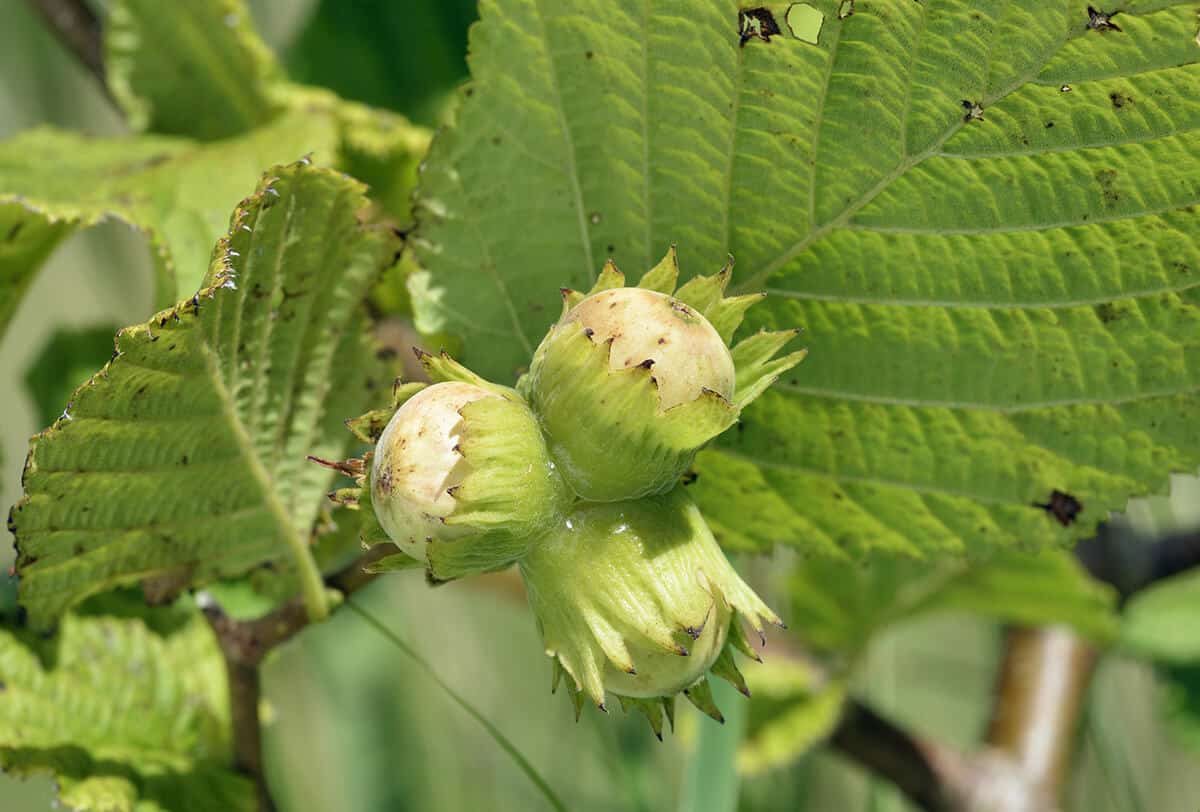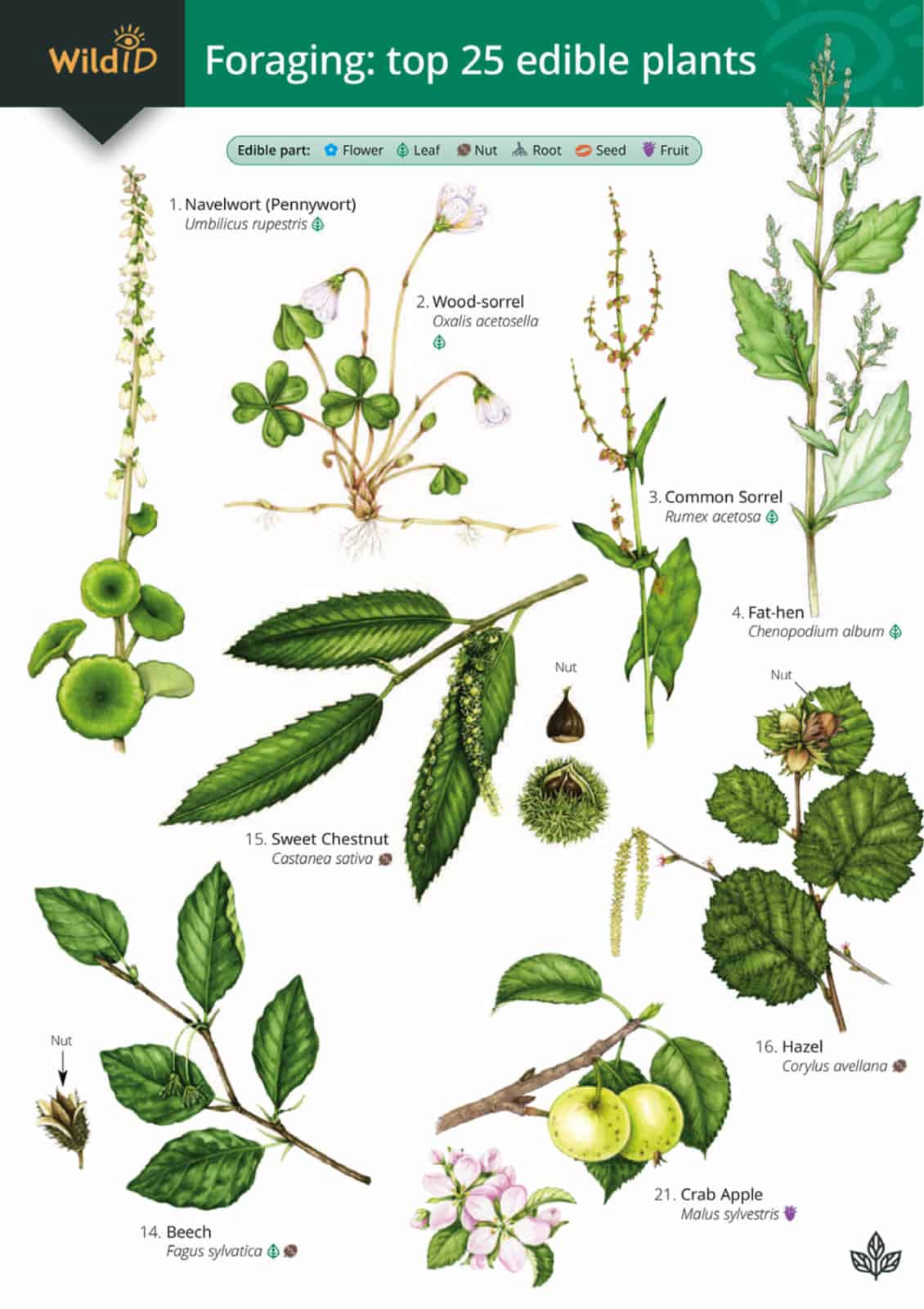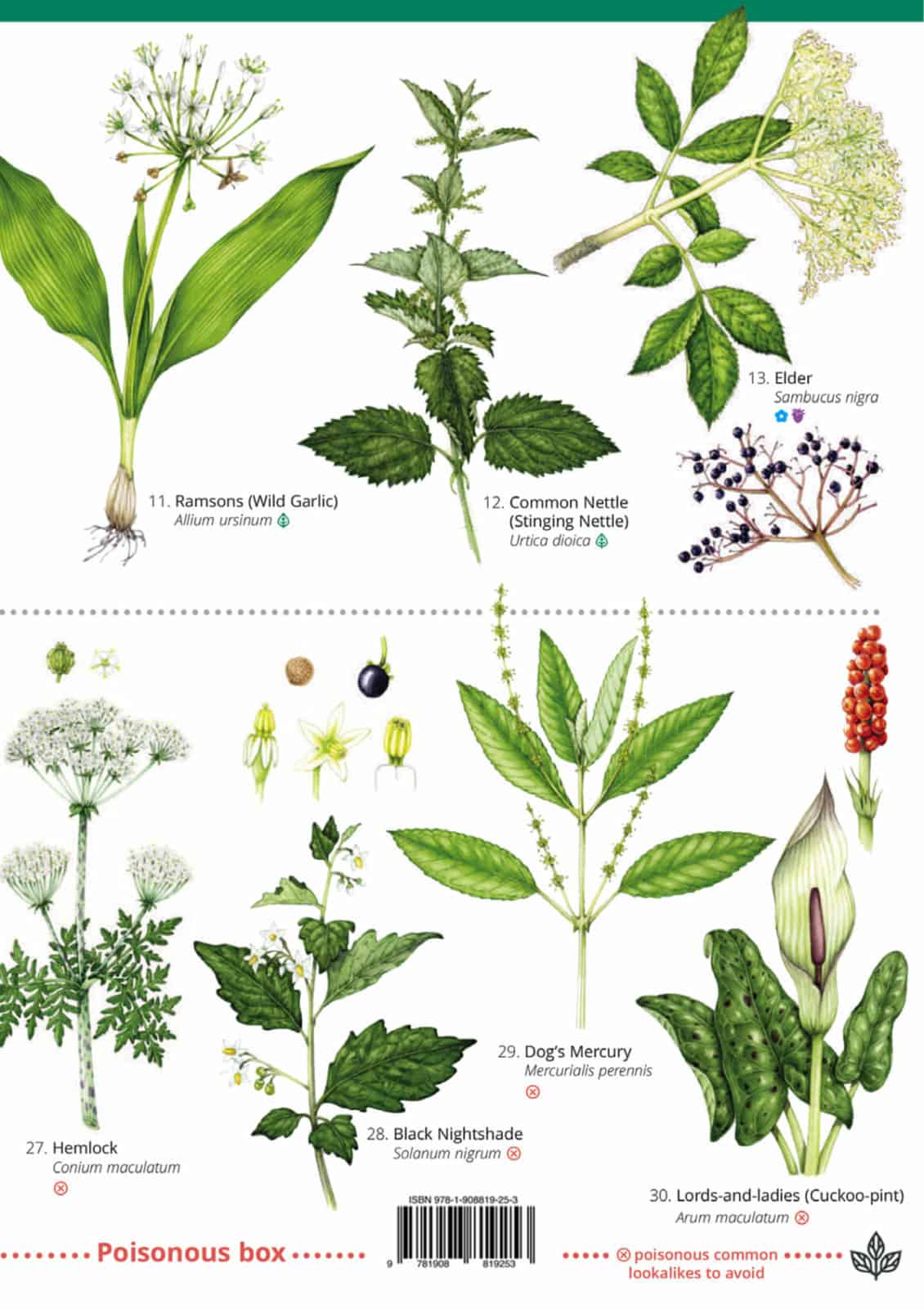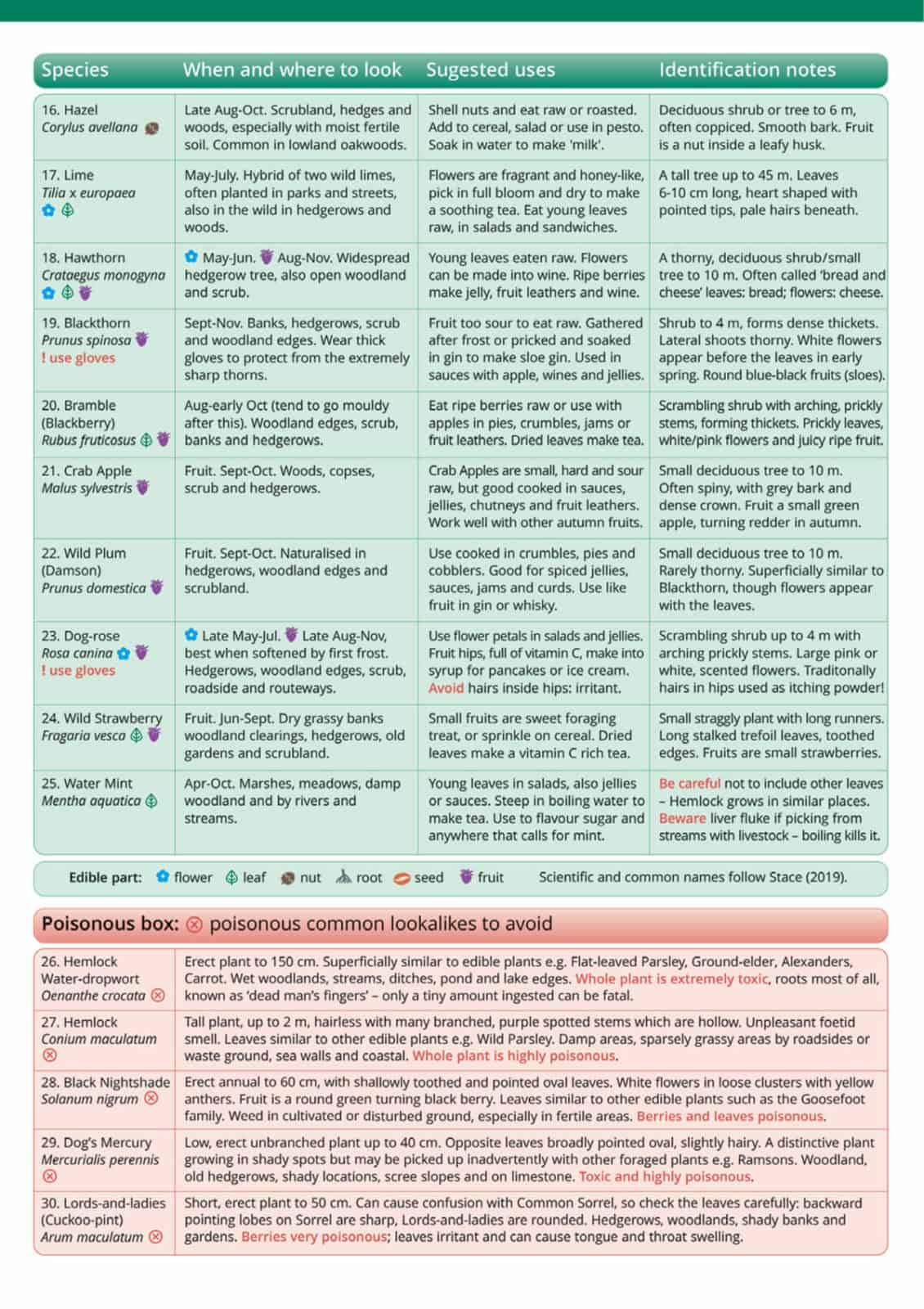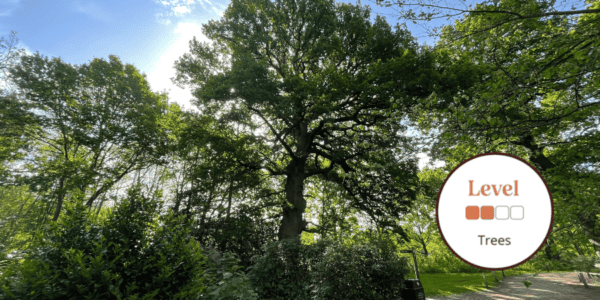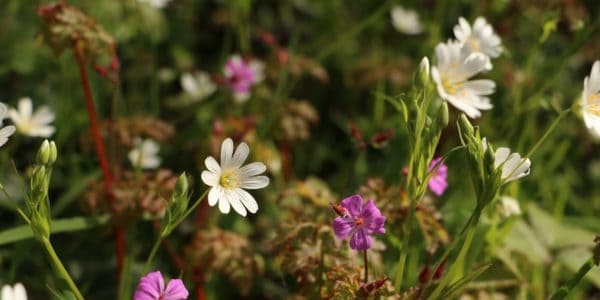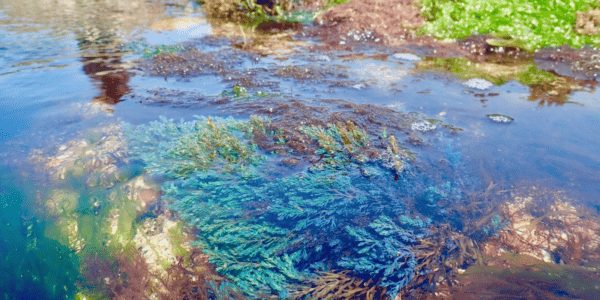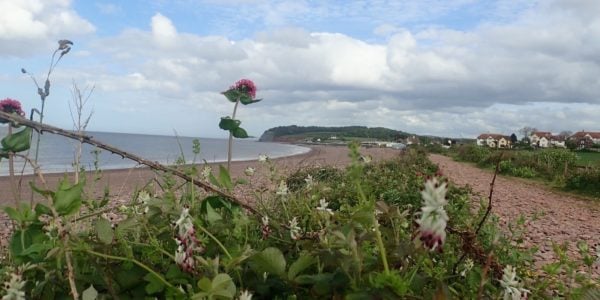Foraging guide
Written by an experienced forest schools leader, FSC Foraging is a great guide to take on a walk with children. Featuring edible flowers, leaves, nuts, fruits, seeds and roots, it covers 25 of the commonest and tastiest plants to find. And once you’ve gathered your harvest, there are also recipes to try, from wild garlic pesto and crab apple leathers to stinging nettle soup and elderflower cordial.
Beautiful colour illustrations and identification table will give you confidence in identifying which species to eat. Also included are some common lookalikes to avoid.
What better way to enjoy the outdoors than to go and find your own food for free? Foraging for wild food makes a walk into the most pleasurable and satisfying experience. This fun activity is also a fabulous way of getting children engaged with nature, creating childhood memories filled with picking and eating blackberries.
Foraging for edible plants is possible at any time of the year, so we’ve included a guide to what to look for each month. You can forage for food as part of a country walk or an exploration, with very little equipment. Just take something to collect your harvest, or pick and eat as you go. All these plants are common and easy to find in gardens, parks, hedgerows, waste land, meadows and woods. In fact some, like dandelion, hairy bitter-cress, garlic mustard and chickweed, are common as garden weeds.

